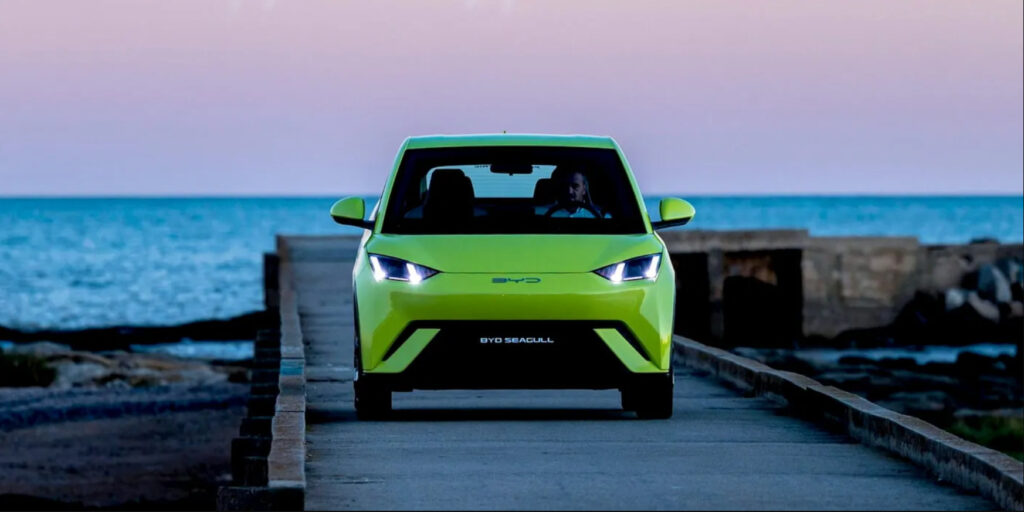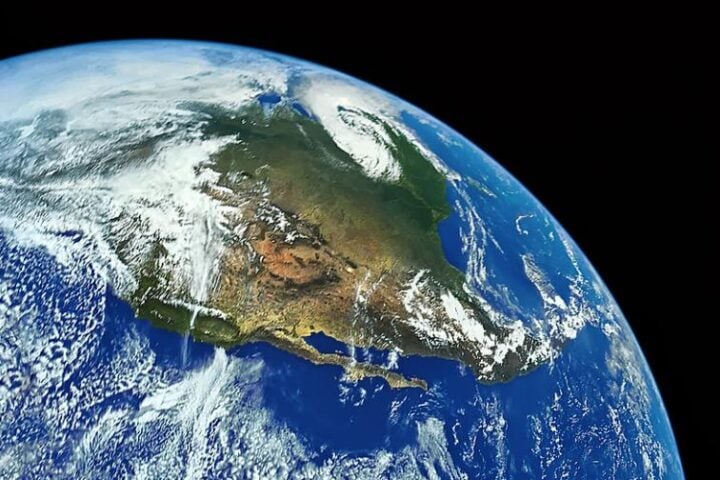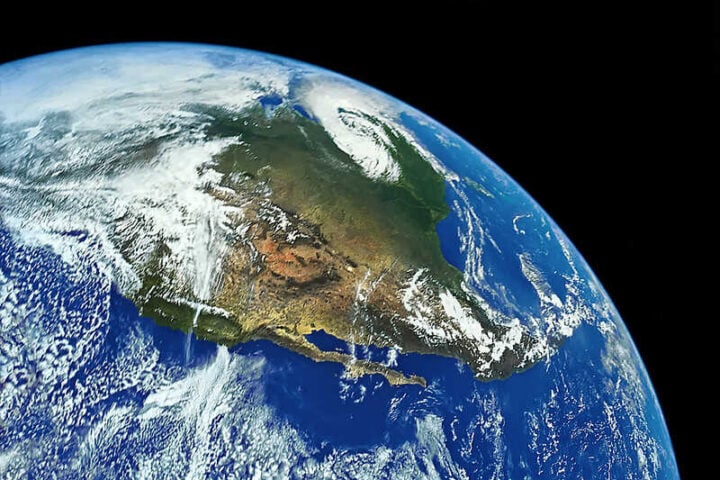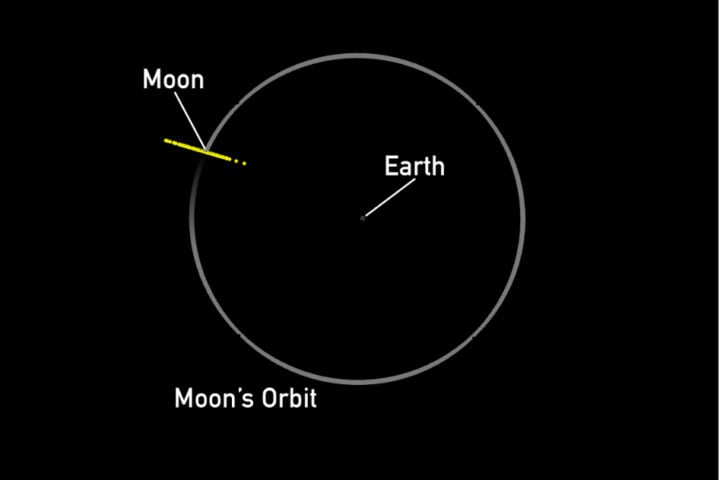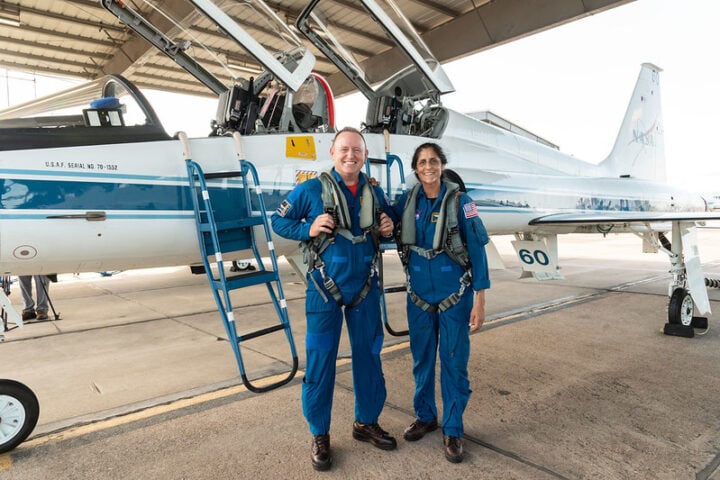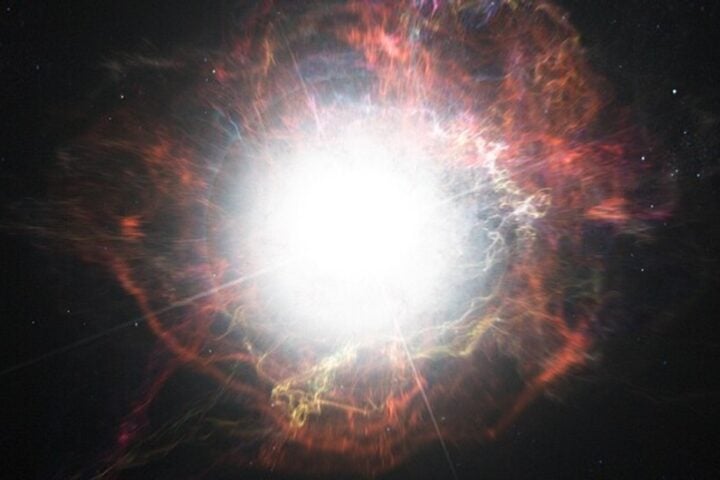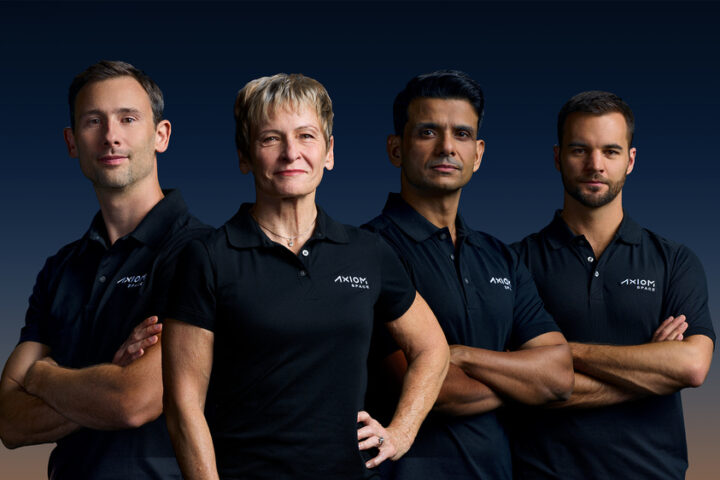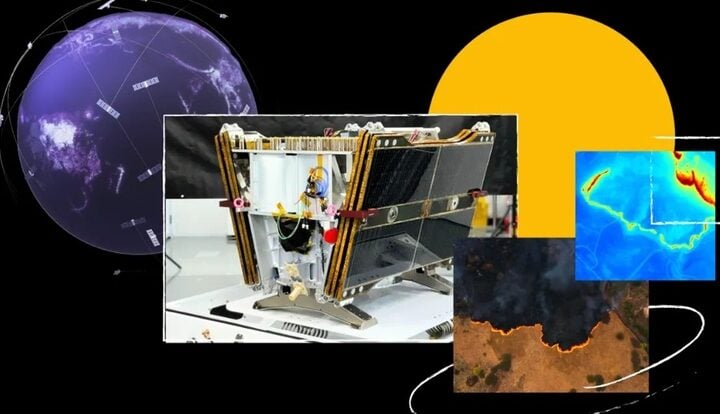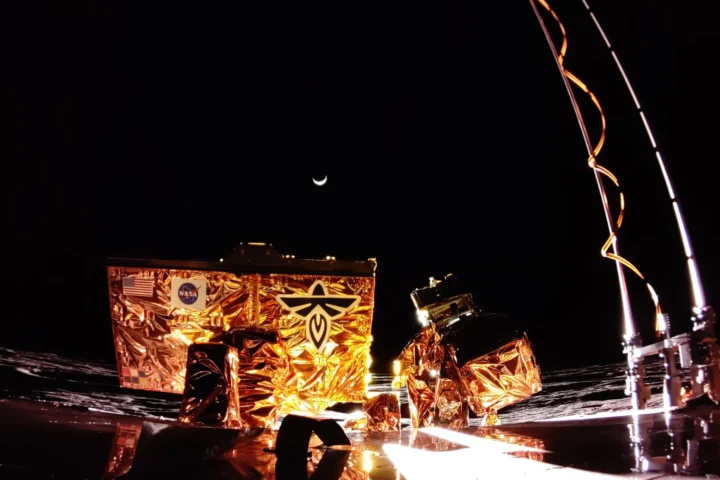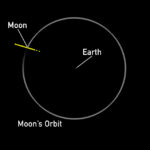A star and its planet are zooming through our galaxy at a mind-boggling speed of 1.2 million miles per hour– roughly twice as fast as our solar system moves through the Milky Way. This discovery could be the fastest-moving planetary system ever discovered.
The discovery provides us a new understanding of how planets and stars move through space. Sean Terry, a scientist at the University of Maryland and NASA, explains their findings: “We think this is a super-Neptune world orbiting a low-mass star.” In simpler terms, they spotted a planet similar to Neptune, circling a star much smaller than our Sun.
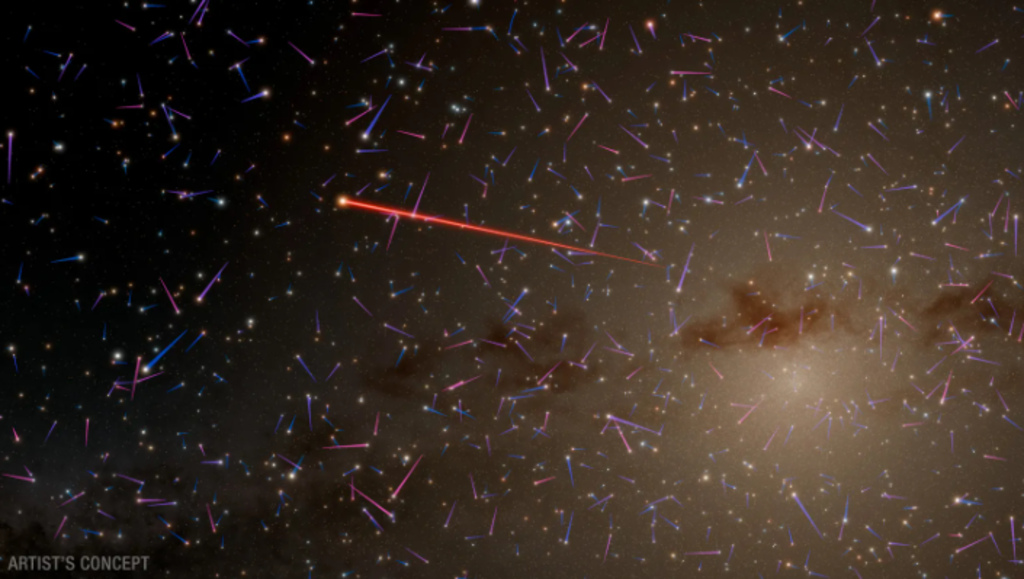
Scientists found this speedster using a clever method that works like a giant magnifying glass in space. When the star and planet passed in front of a more distant star, their gravity bent and magnified that star’s light– similar to how a magnifying glass makes things appear bigger. This technique, called microlensing, helps astronomers spot objects they can’t see directly.
The star itself is pretty small– only about one-fifth the size of our Sun. Its planet weighs about 29 times more than Earth. They’re both located deep in the crowded centre of our galaxy, about 24,000 light-years away.
Similar Posts
“Finding out how heavy these objects are wasn’t easy,” says David Bennett, a senior research scientist working on the project. His team compared data from 2011 and 2021 using powerful telescopes in Hawaii and a special satellite from the European Space Agency.
If the system’s true speed is high enough, it could potentially escape our galaxy’s gravity and traverse intergalactic space many millions of years in the future. This raises interesting questions about how it got going so quickly in the first place.
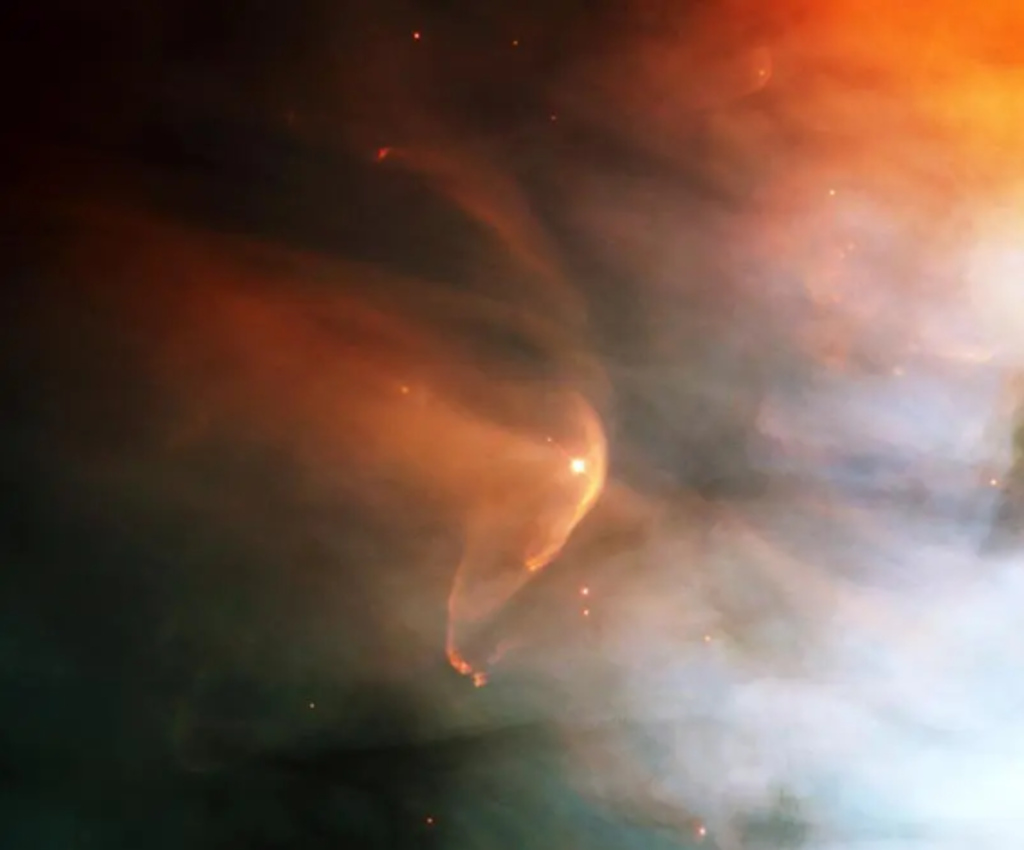
To make sure they’ve found what they think they have, the scientists plan to look again next year. As Bennett explains, “We need to check if it moves exactly how we expect it to move.” This careful double-checking is crucial in science.

The planet, despite its record-breaking speed, is too cold for life as we know it. Its small star doesn’t give off enough heat to keep the planet warm, even though the planet would lie at a distance between Venus and Earth if it were in our solar system.
This discovery, published in The Astronomical Journal on February 10, helps scientists understand the different kinds of planetary systems that exist in our galaxy. NASA’s upcoming Nancy Grace Roman Space Telescope will help find more unusual systems like this one, adding to our knowledge of how planets and stars behave in space.

